Effective Standing Water Removal Solutions
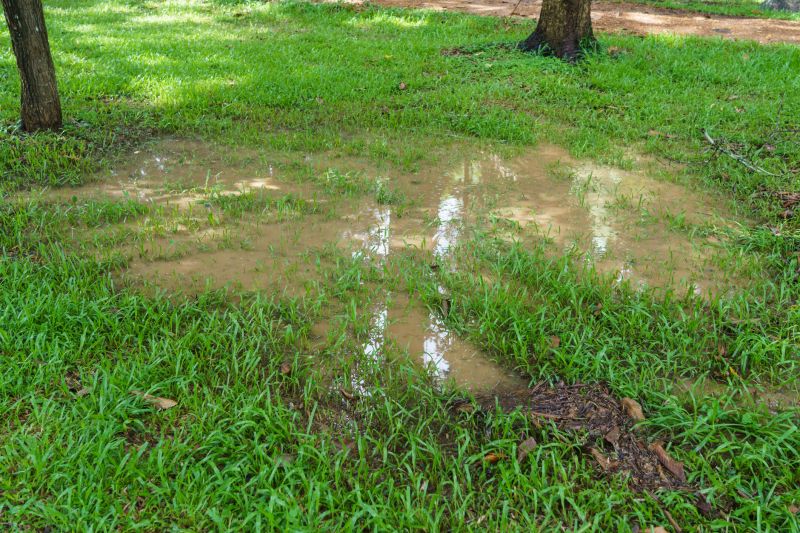
Addressing standing water early in spring prevents mosquito breeding and property damage.
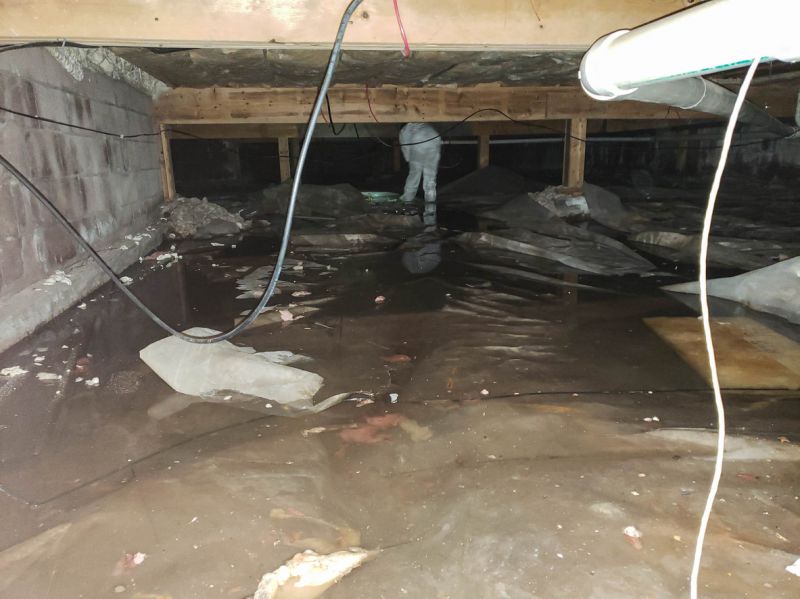
Monitoring water accumulation during late spring ensures timely removal before issues escalate.
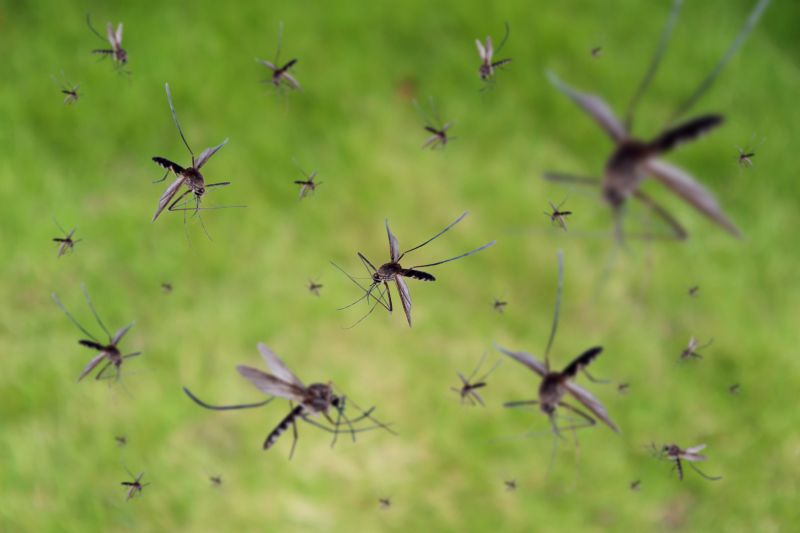
Removing standing water during drought periods minimizes mosquito populations and pest issues.
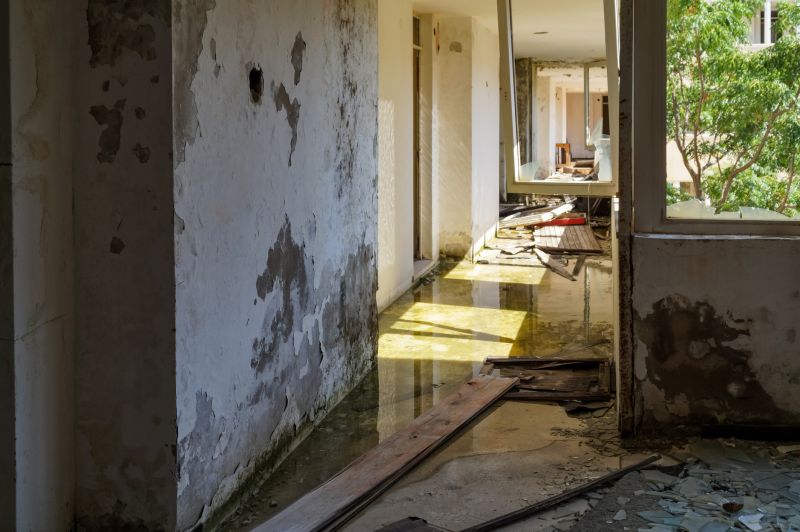
Post-rainfall removal helps prevent water stagnation and related hazards.

Thaw periods can cause water pooling; removal reduces ice hazards and property damage.
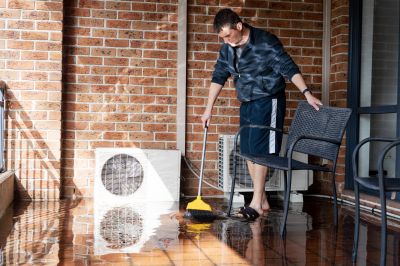
Immediately after storms, removing standing water prevents erosion and mosquito breeding.
Standing water removal is a critical process for maintaining property safety and health. Stagnant water can serve as breeding grounds for mosquitoes and other pests, leading to increased health risks and nuisance. Additionally, accumulated water can cause erosion, damage to landscaping, and structural issues if not addressed promptly. Timely removal of standing water helps prevent these problems and ensures a safer environment.
Statistics indicate that standing water remains a significant breeding site for mosquitoes, with some species laying hundreds of eggs in just a small amount of stagnant water. Effective removal strategies can reduce mosquito populations by up to 90%, decreasing the risk of vector-borne diseases. Proper timing and consistent removal efforts are essential for effective control and prevention.
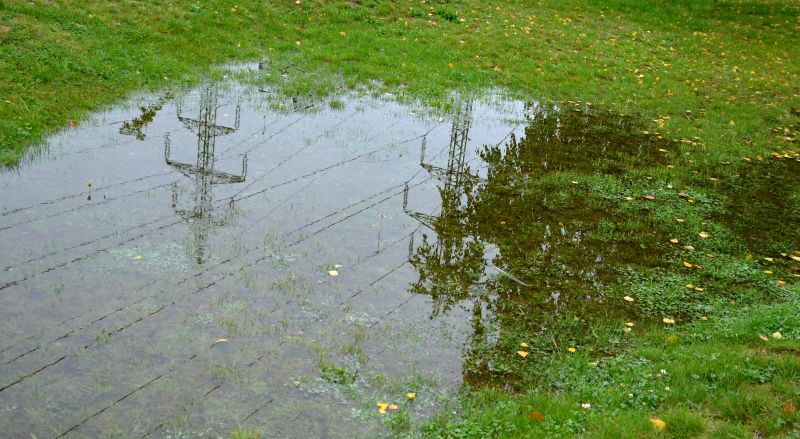
Yard pooling after rain can become breeding sites if not promptly drained.
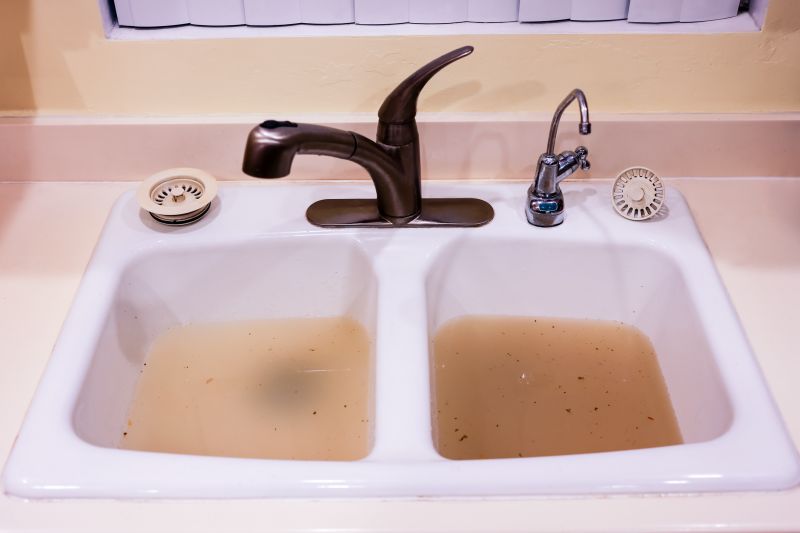
Clogged drains lead to water accumulation, requiring removal to prevent hazards.

Depressions in the landscape collect water and need regular maintenance.

Unmanaged water pooling at sites can cause delays and safety issues.
| Season | Ideal Timing for Removal |
|---|---|
| Spring | Early spring before water accumulation becomes problematic |
| Summer | During dry spells and after heavy rains |
| Autumn | Following rainfall to prevent stagnation |
| Winter | During thaw periods to address pooled water |
Effective standing water removal depends on understanding seasonal patterns. Spring and autumn are critical times for preemptive action, while summer and winter require responsive strategies following weather events. Regular inspections during these periods can help identify problem areas early, reducing health and safety risks.

Standing water serves as prime breeding sites for mosquitoes.
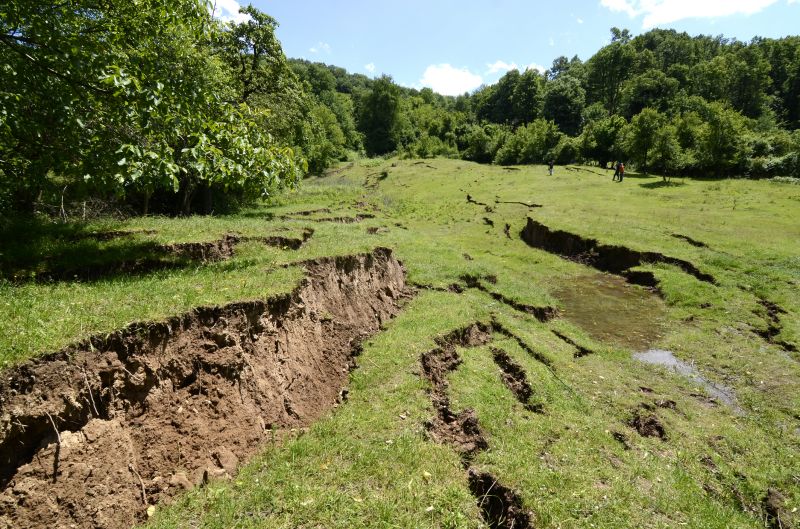
Removing water helps prevent soil erosion and property damage.
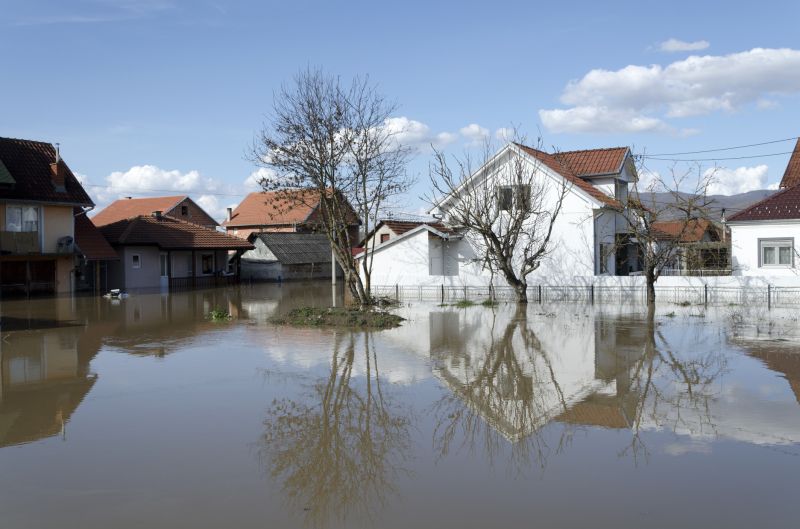
Timely removal reduces risks of structural and landscaping damage.
Maintaining effective standing water removal practices is essential for property safety and health. Regular inspections, especially after weather events, help identify areas prone to water pooling. Proper drainage and timely intervention can significantly reduce pest populations and prevent property deterioration.
Interested in managing standing water on your property? Filling out the contact form can provide more information and assistance tailored to specific needs.
Ways to make Standing Water Removals work in tight or awkward layouts.
Popular materials for Standing Water Removals and why they hold up over time.
Simple add-ons that improve Standing Water Removals without blowing the budget.
